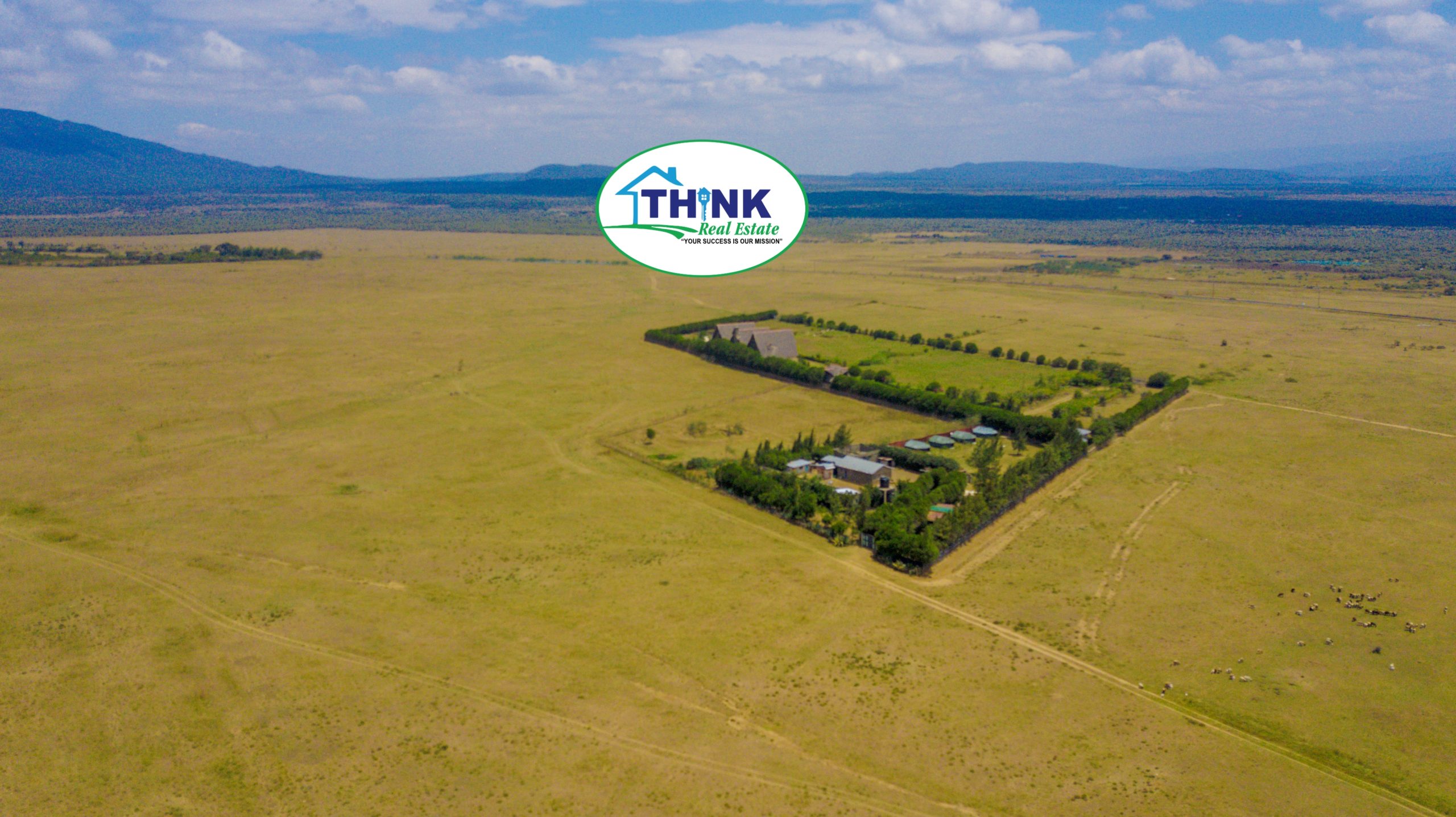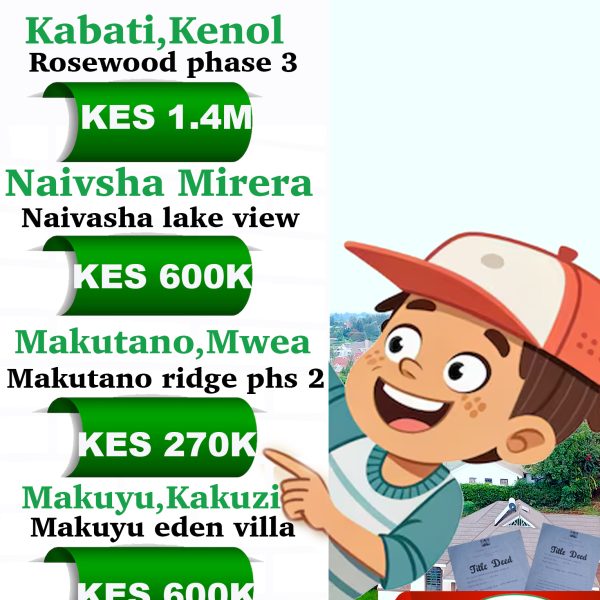Understanding the various types of land use is essential when considering property investment. Each type serves a distinct purpose and comes with unique characteristics that make it suitable for specific activities or developments. Here’s a deeper look into the five main types of land use:
1. Residential Land Use
Residential land is primarily intended for housing, ranging from single-family homes to large apartment complexes. This land is designed to accommodate people, offering a safe and comfortable living environment. It may include features like playgrounds, parks, community centers, and green spaces to enhance the quality of life for residents. Residential areas are typically zoned by local governments to ensure that the development is appropriate for housing needs.
In addition to housing, residential land can also support mixed-use developments where people can live, work, and shop in the same area, creating more vibrant and self-sustaining communities. Investors in residential land look for proximity to schools, hospitals, shopping centers, and other amenities, which significantly boosts the value of residential properties.
2. Commercial Land Use
Commercial land is used for business activities, such as retail stores, office buildings, restaurants, hotels, and shopping centers. This land is typically zoned for commercial use, allowing for businesses to thrive in designated areas. These spaces can range from small shops in busy downtown areas to large-scale malls and office complexes in business districts.
Commercial areas are strategically located in high-traffic areas to attract consumers and ensure business success. Investors in commercial land often focus on the potential for high returns, considering factors such as foot traffic, visibility, and accessibility. For businesses, the location and surrounding infrastructure are critical in drawing customers and ensuring profitability.
3. Industrial Land Use
Industrial land is designated for manufacturing, warehousing, distribution, and other production-related activities. Factories, warehouses, distribution centers, and industrial complexes are often located in these areas. Industrial land is typically situated near major transportation hubs, such as highways, ports, and railways, to facilitate the easy movement of goods and services.
This type of land use is crucial for supporting the economy by providing space for businesses involved in large-scale production and logistics. Industrial areas are usually zoned away from residential areas due to the noise, pollution, and heavy traffic associated with industrial activities. Investors looking at industrial land focus on the long-term potential of manufacturing and storage needs as well as the proximity to key infrastructure.
4. Agricultural Land Use
Agricultural land is used for farming, livestock, and food production. It includes crop fields, orchards, vineyards, ranches, and livestock farms. This type of land can also support other agricultural activities like aquaculture or agroforestry, making it essential for the food industry and rural economies.
Agricultural land offers long-term value for investors interested in food production or sustainable farming practices. With the global demand for food increasing, agricultural land is often seen as a secure investment that can yield returns from both crop production and land appreciation. The success of farming depends on soil quality, climate conditions, and water availability, so these factors play a critical role in determining the land’s suitability for agriculture.
5. Recreational Land Use
Recreational land is dedicated to outdoor activities and leisure pursuits. This type of land includes parks, nature reserves, wildlife refuges, campgrounds, golf courses, and ski resorts. It offers opportunities for hiking, biking, camping, fishing, boating, and other outdoor activities that help individuals connect with nature and engage in physical activities.
Recreational land is important for enhancing quality of life, offering spaces where people can relax, play, and engage in recreational activities. It can also serve as a tourist attraction, bringing in visitors and contributing to the local economy. Investors interested in recreational land may focus on the growing interest in eco-tourism, adventure sports, or sustainable outdoor activities.
Conclusion: Why Understanding Land Use Matters for Your Investment Journey
Understanding the various types of land use helps you make more informed decisions when investing in real estate. Whether you are considering residential, commercial, industrial, agricultural, or recreational land, each offers distinct opportunities and challenges. At Think Real Estate, we are dedicated to providing expert advice and guiding you to choose the land that best aligns with your goals. We help you navigate the different types of land use, ensuring that your investment is profitable and sustainable.
With our expertise in the market and a range of diverse land offerings, you can trust us to help you secure the best investment. Reach out today for a consultation or schedule a free site visit and let us help you turn your vision into reality.
📞 Contact us today: 0791 000 222 / 0792 000 222
📍 Visit our office: Kenol Town, Resource Plaza, 2nd Floor
Your next investment journey starts here with Think Real Estate.







